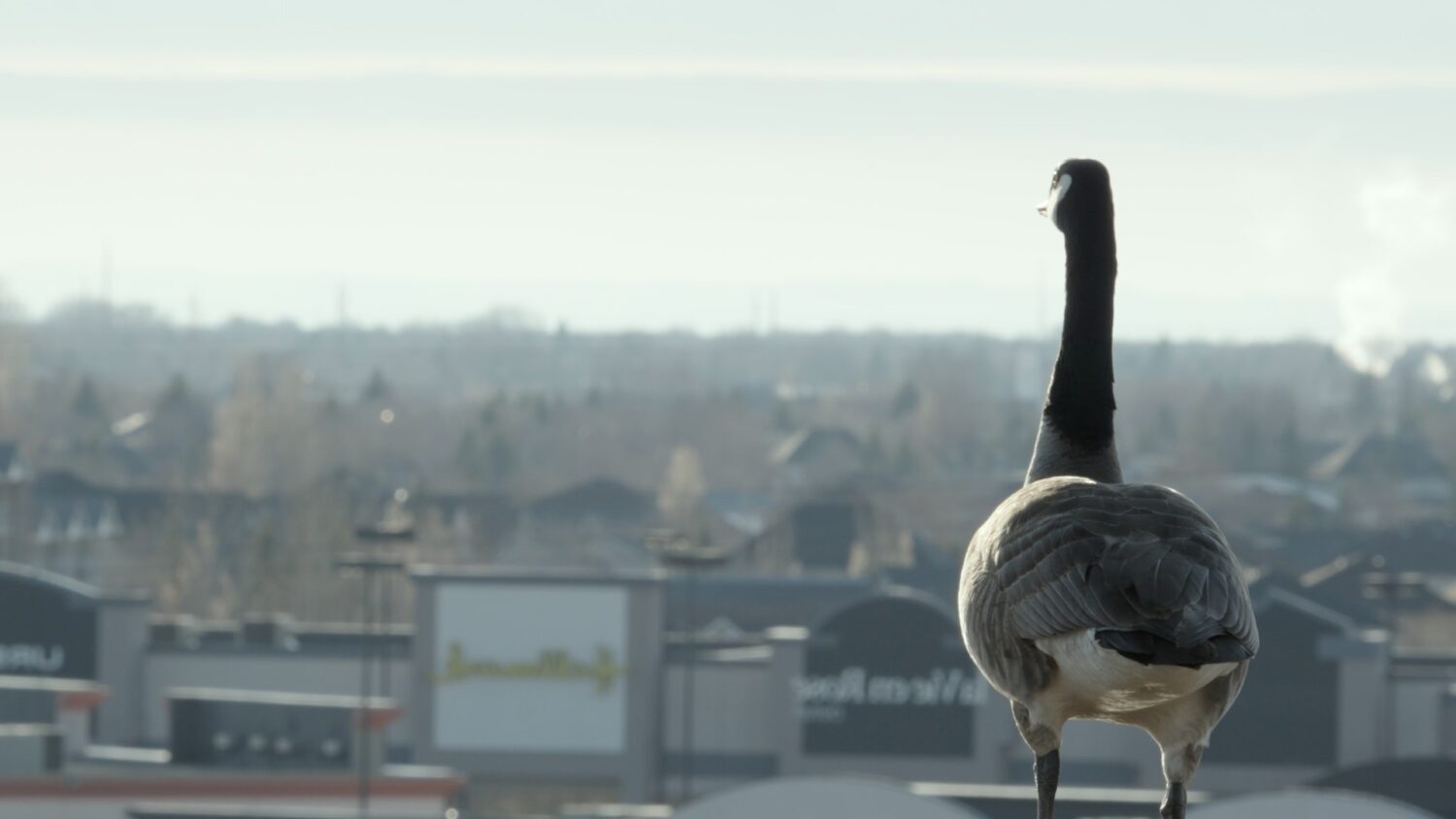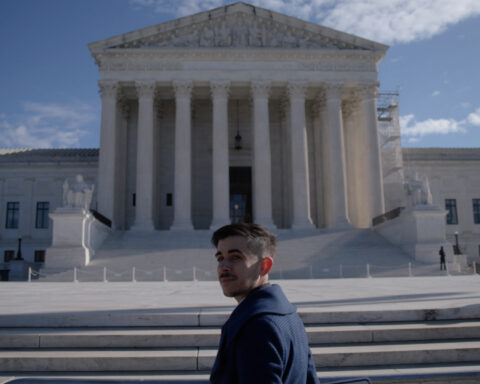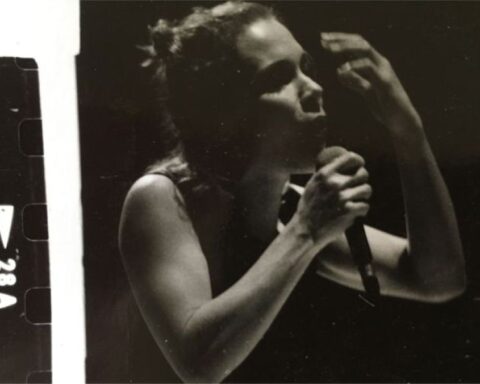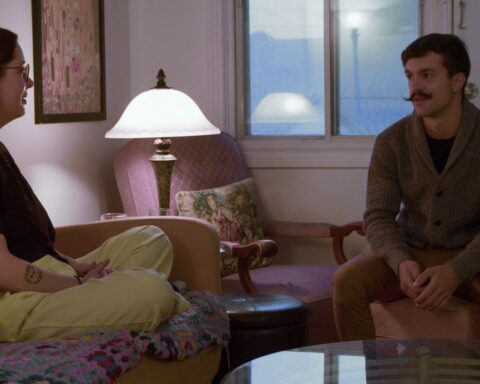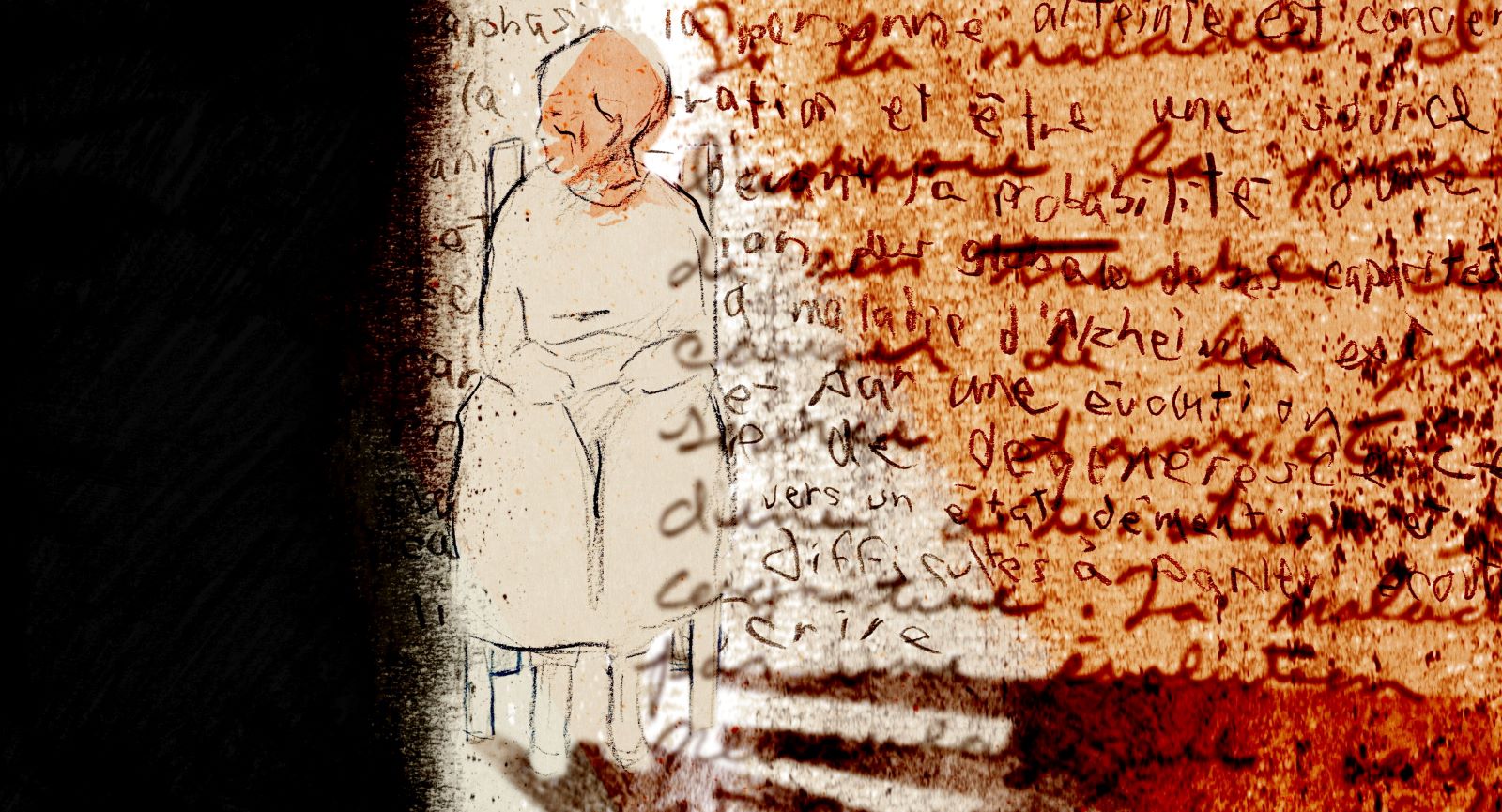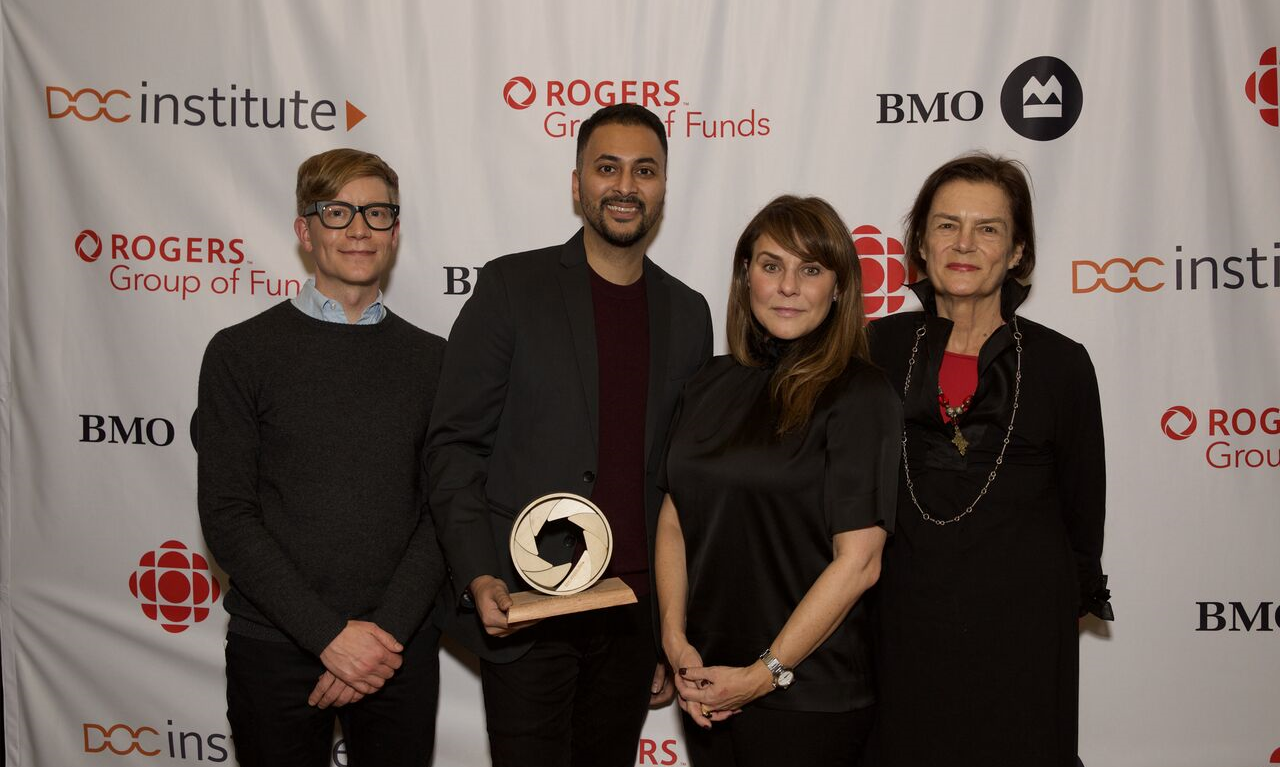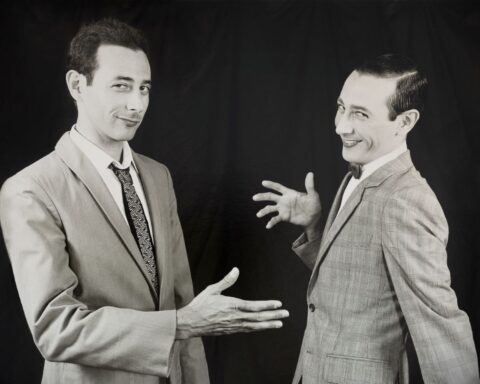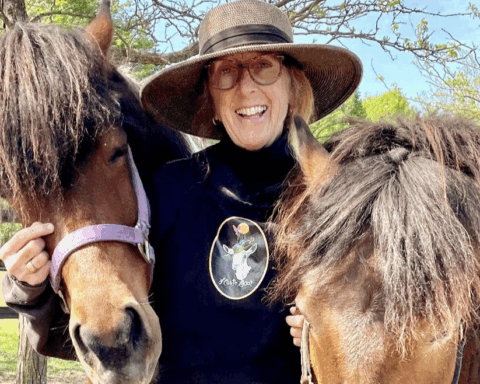“The nice thing about using geese as a subject in the city is that there are populations in contact with humans on a regular basis,” says Modern Goose director Karsten Wall. “Some are not too worried about how close I get and some are.”
Modern Goose, which has its world premiere at the 2023 Toronto International Film Festival, offers a unique portrait of urban environments. This NFB short doc flips the script on nature documentary convention. Wall studies urban life by observing the impact of human activity on the behaviours and habitats of Canada geese. The film tours Winnipeg to show how human development encroaches on geese’s land, but also threatens their well-being. It shares the uniqueness of a bird that many humans consider pests: No documentary has ever captured so much poop. However, Modern Goose illustrates how humans often generate the circumstances that make geese a perceived nuisance. People just bulldoze nature and expect it to adapt.
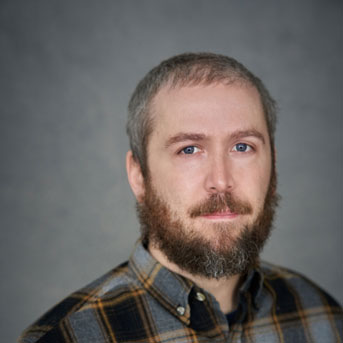
Wall, speaking with POV via Zoom, says that he originally planned to make a film about pigeons. However, he found a tragic note of inspiration amid the sprawl. “I came across a dead goose in a parking lot of a casino, and the contrast of the casino lights with the tragic death of a goose made me think a lot about the city and how it affects animals,” explains Wall. “Then doing research on the latest science about geese got me excited about some of their abilities, like their migratory instincts.”
An Urban Nature Film
The director says the process for sourcing and shooting the geese coincided with COVID closures, so he would ride around Winnipeg solo and find hot spots where geese like to mingle. The process, he explains, comes from a mix of filming migratory populations and then intercutting the footage with shots of geese that are more adapted to humans for the close-ups.
“The plan for a nature film is to shoot tonnes of footage and then go through it later,” Wall explains when asked about “casting” the geese and finding the story. “You make the story when you’re out in the field. Maybe a goose does something unique, and then you flag that moment and ask yourself if it can help build the story. If it does, you go back to that same goose and you go back to that location. I actually thought of the locations as the pieces that guide the storyline.”
Modern Goose doesn’t provide the prettiest portrait of Winnipeg as it tours locations favoured by the geese. Mini-malls, big box stores, highway off-ramps, dumpsters, and many parking lots afford a sense of an inelegantly and impractically designed city. It epitomizes suburban sprawl.
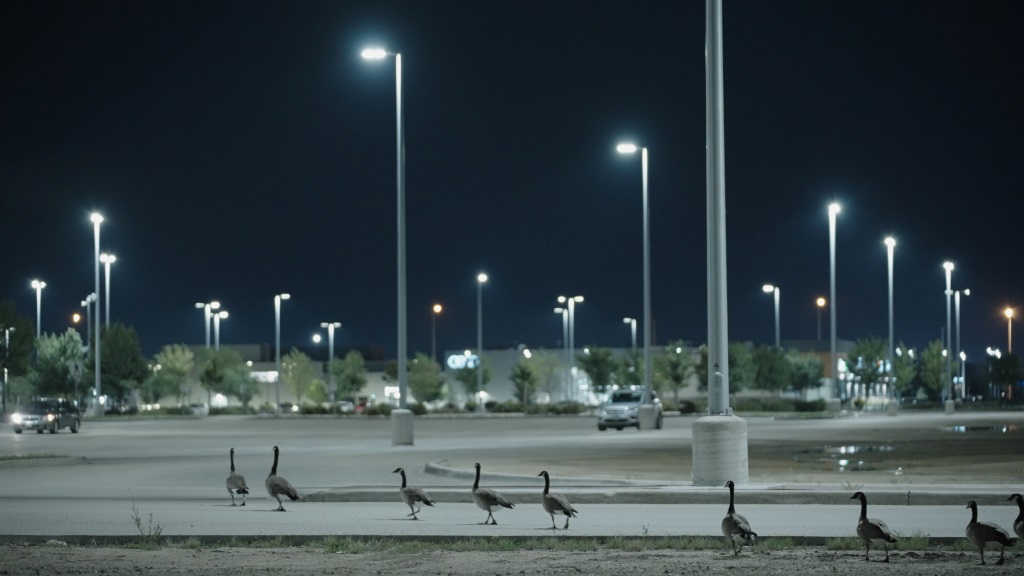
“There’s one location in particular that is just the ugliest suburbia you could ever imagine,” laughs Wall. “That’s part of the story: how we build these desolate areas. We bulldoze wetlands and then we replace them with fountains and parks. As a species, we destroy something that works perfectly fine and then try to recreate it. It makes us feel better. I wanted to show that and how the geese benefit from that, but also it screws up their lives in different ways.”
The Accident
The impact on geese is evident through the violent encounters that Wall finds. Modern Goose observes some pretty aggressive honkers—both human and avian—as geese fight over nesting ground near a busy road. The geese spat and squawk. The cacophonous soundtrack accentuates the brisk editing as geese squabble dangerously close to fast-moving traffic.
Tragedy inevitably punctuates the film when one unlucky goose gets cooked by an oncoming car. The jarring violence illustrates the pace of human activity that steamrolls whatever nature stands in its way. Wall says the inspiration for the scene came party from the dead goose he encountered at the casino and partly from his daily observations. “Spending time with them in the suburbs, I started to notice that they’re not mindlessly walking out into traffic and getting run over,” Wall says. “They’re pretty aware of cars and they know that they can stop them. They know when they’re a threat and when they’re not, so the times that I saw them get into trouble were during moments of confusion, usually while they’re fighting. They challenge each other a lot in the spring for nesting territory.”
The jarring image also happens to be a convincing VFX shot. Wall, moreover, signals the construction from the outset: No geese were harmed in the making of this documentary. “I felt it was important to not only show the accident, but show it in a shocking way. It happens in nature films all the time,” says Wall. “I didn’t want to push them onto the road,” he adds. “My lens is 600mm, and I’m filming them close to road, so I’m trying to keep my distance. I did actually capture a goose getting struck by a car, but it didn’t tell that story of fighting over nesting territory.”
Documenting Migration
Another striking visual of the film is a gaseous purple haze that bridges from a goose’s eye to the sky. The image bookends the film as a visual representation of the goose’s migratory abilities. “They can actually visualise the Earth’s magnetic field,” explains Wall. “There’s a protein in their eye that increases during migration season that captures a certain wavelengths of light. It’s a signal for them.” The phenomenon applies to all migratory birds, Wall notes, but he says it quickly struck him as a narrative arc and striking visual while researching the geese.
Modern Goose doesn’t spell out this phenomenon for the viewer and instead lets the visual interpretation wash over the audience in a film that’s dialogue free. No David Attenborough-esque narration spells it out for audience in the way that nature docs Animal Planet and Planet Earth popularize the format. “Narration is important and those nature programmes have their place, but I wanted to try something different,” Wall explains. The director says he used music tracks as placebos for narration while cutting the film. Then he says it was a process of stripping away the music with the help of his producer Alicia Smith to let the visuals tell the story.
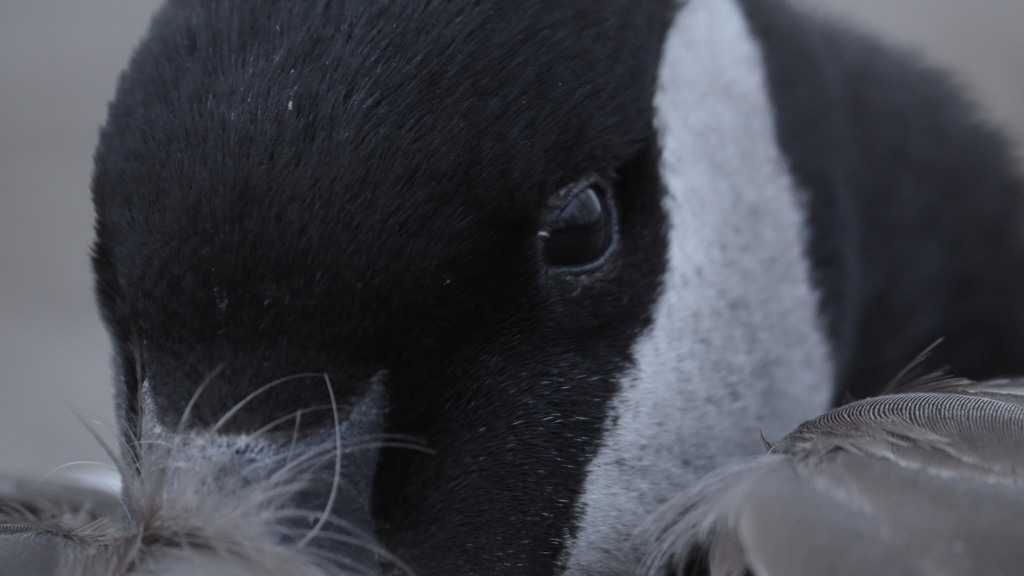
But the geese are so talkative that the doc doesn’t really need any more chatter. The film has an active soundscape that allows the geese to articulate the emotions with moment of calm and moments of chaos. “Our sound team, Andy Rudolph and Kelsey Braun, went out into the field and recorded raw sounds of geese and the environment,” Wall explains. “Anything that they saw in the edit, they went out with a microphone and got what they could. Then everything came together to help tell the story.”
Return to Nature
Besides stripping back the music, Wall says the edit inspired him to gradually remove humans from the picture. Bread, for example, says enough on its own as Modern Goose features a grotesque all-you-can-eat buffet of carbs as geese dumpster dive and attack piles of food waste from Costco bakeries. But eventually, the geese find their bearings and land in a habitat where they can be happy and healthy. The narrative arc of migration brings them back to nature.
“What I took away from the film was that our cities and our structures are just barriers for nature, and that nature either goes around them or goes through them,” says Wall. “The real world is outside of the city. And with COVID, I think a lot of people gained a new appreciation for nature. I know for myself, when things seem to be collapsing in the human world, I can just drive out of town, go to a provincial park and see that nature’s doing great. They’re doing fine without us. When you live in a city, it’s hard to gain that perspective.”
Modern Goose premieres in Short Cuts Programme 6 at the 2023 Toronto International Film Festival.
Get more coverage from this year’s festival here.
Update (Apr. 2, 2024): Watch Modern Goose for free below from the NFB:
Modern Goose, Karsten Wall, provided by the National Film Board of Canada




